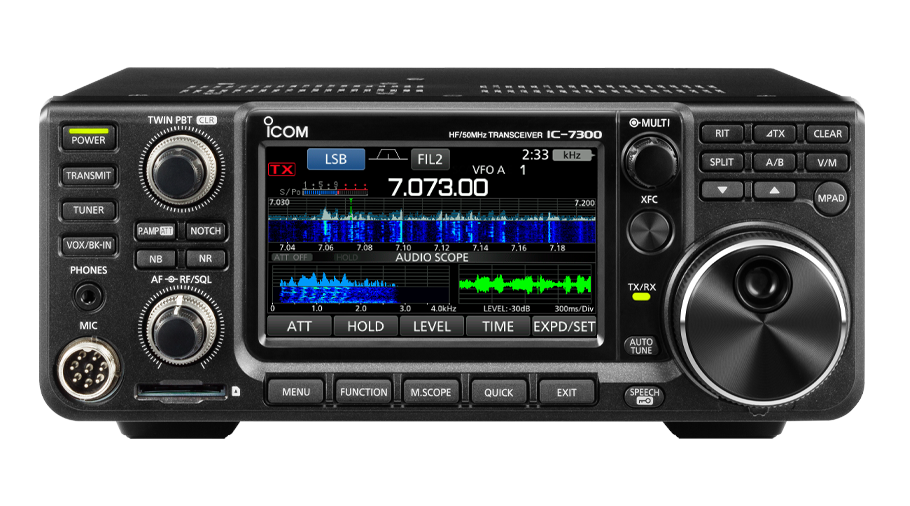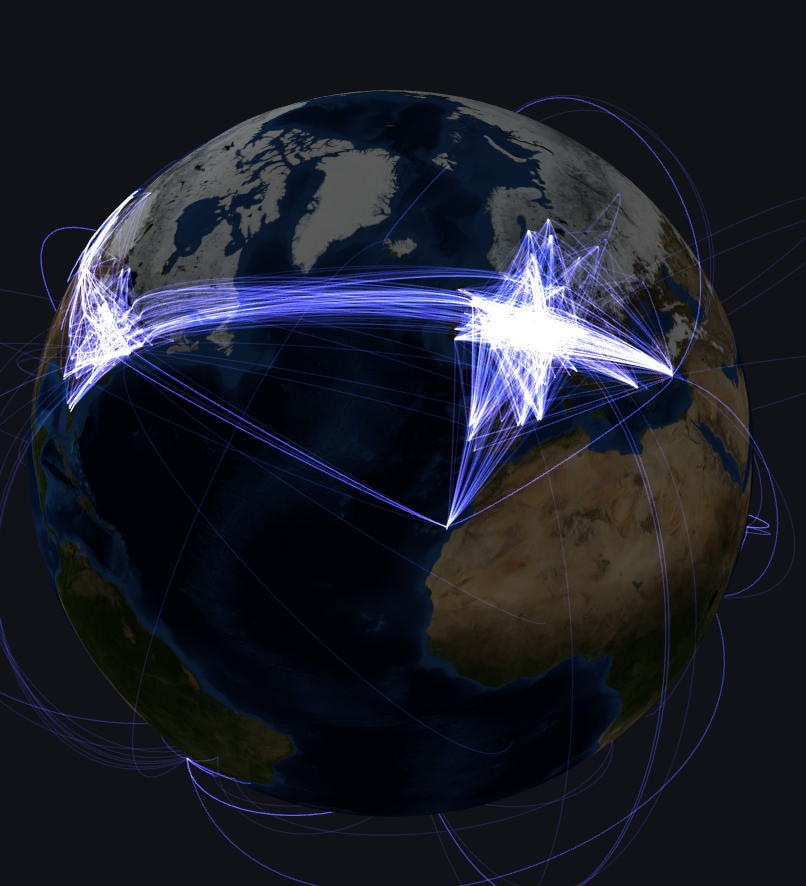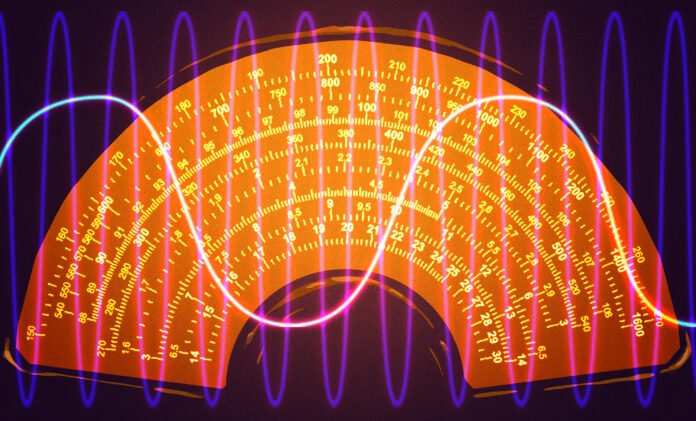Even if you’re relatively young, you can probably think back to what TV was like when you were a kid and realize that TV today is completely different. Most people watch on-demand. Saturday morning cartoons are gone and high-resolution digital signals are the norm. Many of these changes are a direct result of the Internet, which of course has changed almost everything. Ham radio is no different. Today’s ham radio bears only a vague resemblance to the ham radio of the past. I should know. I’ve been a ham for 47 years.
You know the meme about “what people think I do?” You could easily do that for ham radio operators. (Oh wait, of course someone did it.) The perception that hams use antique equipment and talk about their health problems all day is a stereotype. There are a lot of hams, and while some of them use old stuff and some may be a little obsessed with their doctor visits, that’s true of every group. It turns out that there is no “typical” ham, but modern technology, globalization and the internet have all changed the hobby, no matter what part of it you enjoy.
Radios
One of the biggest changes in the hobby occurred in the field of radio. Hams tend to use two types of equipment: HF and VHF/UHF (that’s high frequency, very high frequency, and ultra-high frequency). HF equipment is made for talking over long distances, while VHF/UHF equipment is for talking in town. In the past, a new radio was a luxury that many radio amateurs could not afford. You did it with surplus equipment or used equipment.
Globalization has made radios much cheaper, while technological advances have made them much more capable. It wasn’t that long ago that a handy talkie (what normal people would call a walkie-talkie) would be a big purchase and not have many features. Import radios are now advanced, often using SDR technology, and so cheap that they are practically disposable. They are so cheap now that many hams have multiples that they give out to other hams at public events.
Because these cheap ($20-$40) radios often use SDR, they can even be hacked. These radios are usually not the highest quality if you are used to repurposed commercial equipment, but if you can replace the radio for $20 it hardly matters.
HF radios are a different story. Thanks to software-defined radio, super-powerful computers, and FPGAs, even relatively inexpensive HF radios have features that seemed magical when I first got my license.

While some amateurs like to build equipment or use simple or older equipment, modern transceivers, like Icom’s IC-7300 shown here, have incredible RF filtering built into software, spectrum analyzers and scopes. is in no way considered a “top-of-the-line” radio. But it has features that would have been a dream on a state-of-the-art device before the advent of DSP.
Having these types of tools changes the way you work. In the past, you would turn around to see if you could hear someone. Now if you look at the screen you will see all the signals on a band and how strong they are. Touch one and you tune it immediately. Digital noise cancellation is very useful these days with so much interference, and of course you can control the whole thing from a PC if you want.
The receivers are exceptional compared to what even a high-end radio would offer a few decades ago. Specialized filters used to be expensive and limited in options. Now you can design any filter you want directly and it will be almost perfect.
Admittedly, these radios do not fall into the category of impulse purchases like portable radios. Still, you can find them new for about $1,000 and used for less. There are other similar radios for much less. Just as you can buy imported portable VHF and UHF radios, there are imported HF radios with lower wattage (20 watts versus 100 watts is typical). These still have a lot of features, and you can get them for about half the cost of the name brand 100W rigs. [K4OGO] has a video (see below) about several popular radios in that price range and you’ll notice that many of them have similar displays.
Digital modes
Paradoxically, you may not need as powerful a receiver, or as large an antenna, or as much power as you might think. Hamers have long known that voice communication is inefficient. Morse code may be the earliest form of digital radio communication, allowing a skilled operator to copy signals that would never make voice contact. However, Hams have also long used other digital modes, including TeleType, which is more convenient but less reliable than a good Morse code operator.
That changed with computer sound cards. Your computer can extract signals from a hash that you would swear was nothing but noise. Modern protocols include error detection and correction, retries, and advanced digital signal processing techniques to extract information from what seems to be nowhere.
What kind of sound card do you need? Almost any modern card will do, but if you have the Icom IC-7300 pictured above, you don’t need one. It turns out that it is a sound card itself. When you connect it to a PC, it provides audio in and out for ham radio programs. It can even send IQ signals directly to the PC so that common SDR programs can work with it.
Some digital modes are conversational modes. You can use them like a radio-based chat room, to talk to people you know or people you just met. However, some modes are more specialized and optimized for making and confirming contact.
Computer registration
There was a time when every ham had a logbook – a notebook for writing down contacts – and a stack of QSL cards. Operators exchanged postal cards to confirm contact with each other. Many of the cards were interesting, and if you collected enough cards you could earn a prize (for example, by working in all 50 US states or in more than 100 other countries).
Things are different now. Many people use a computer to keep track of their contacts. While you can simply use a spreadsheet, there are many ways to log and, more importantly, share logs online.
The advantage is that when you create a contact and enter the system, it can match your input with your partner’s input and confirm the contact immediately. This isn’t perfect, as there are different systems that people use, but it is possible to collaborate between them. No more waiting for the mail.
DX and propagation
I mentioned that having a view of the entire ham band changes the way you work. But there is even more help. Many people enjoy working on rare foreign stations or special event stations in parks or historic sites. Nowadays, if you hear such a station on the air, you can report it on the Internet so that other people can find it. In some cases the operator will even file a report himself.

Let’s say you want to connect with someone in Kenya because you haven’t done so yet, and you’re working on an award that counts how many countries you’ve contacted. Instead of searching endlessly, you can simply check the internet when a channel from that country appears. Then turn on your radio, use the digital tuning to get right on their frequency and try your luck.
Of course, radio propagation is not infallible. But you can use beacons to determine the spread in your area. There are many tools to manipulate the beacon data to better understand radio conditions. If you use digital modes or Morse code, you can even find out who hears you on the Internet, which can be very useful.
Why not you?
Some old hams say the Internet is ruining ham radio. I say it changes ham radio just as it has changed pretty much everything else. Some of those changes aren’t that drastic anyway. For years, people chasing prizes, trying to work long distances or competing in competitions have had very short contacts. Typically, you exchange your name, location, and how strong your signal is, then make way for the next person to contact. The FT8 digital mode automates all that. It’s true that it’s not very personal, but those kinds of contacts were never personal to begin with.
Plus, you don’t have to use any of this if you don’t want to. I use Morse code a lot without mechanical assistance. If I hear a big pileup, I might look at the computer to see who’s been spotted on that frequency. But that’s not necessary. I could figure it out the old fashioned way.
Hams work with advanced signal processing software, satellites, moon bouncing, supporting communities, designing antennas, promoting school education, working during disasters, and pushing the boundaries of microwave communications. Whatever your interests, there is always something you like to do. You haven’t even had to pass a test for Morse code for years, so if you didn’t want to learn the code, you don’t have to.
In many ways, hams were the original hackers, and you might be surprised how many hackers you know who are already hams. I don’t know what ham radio will look like in the year 2100, but I do know that it will push the boundaries of technology in some way.





